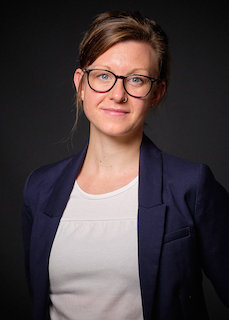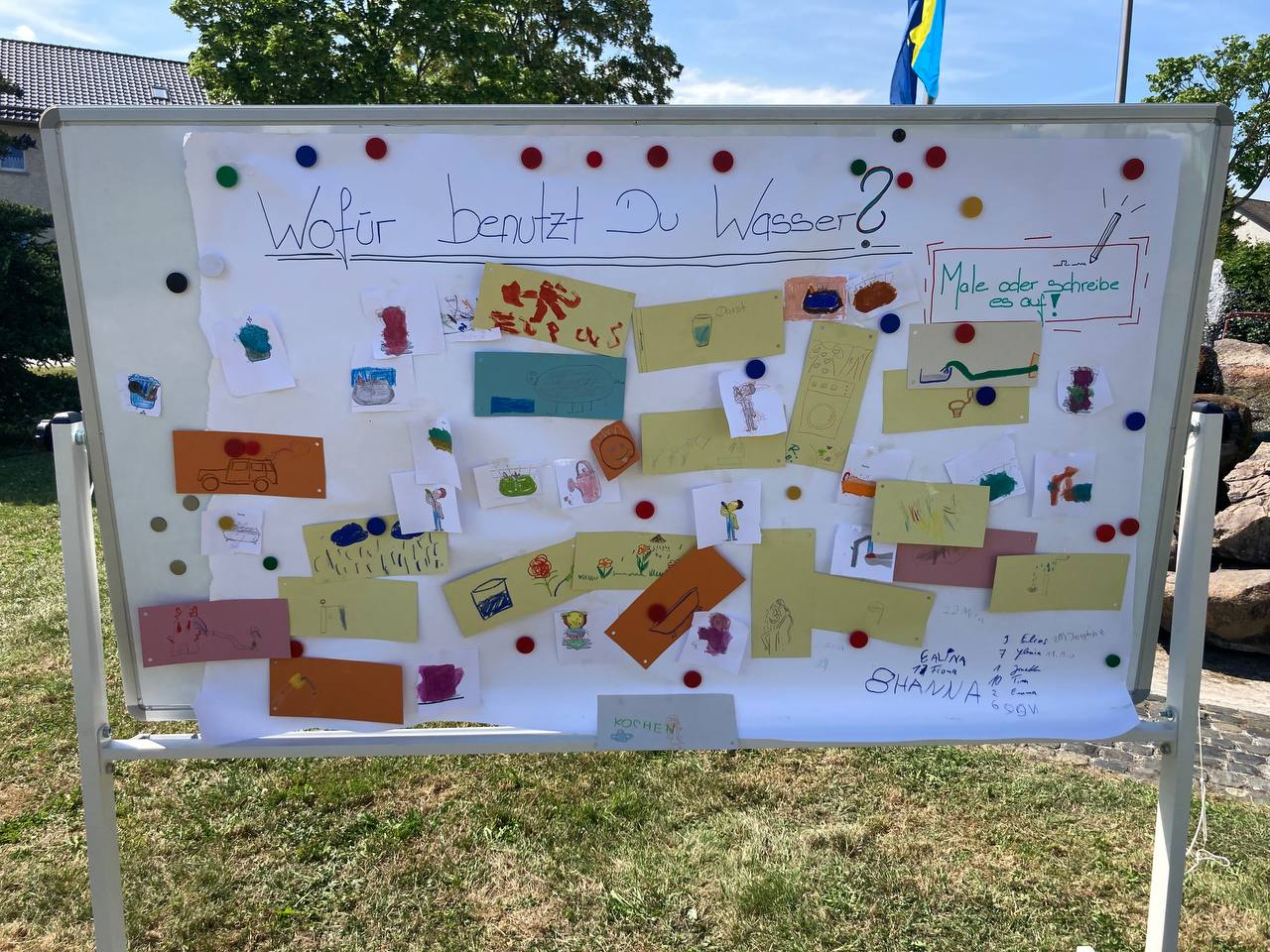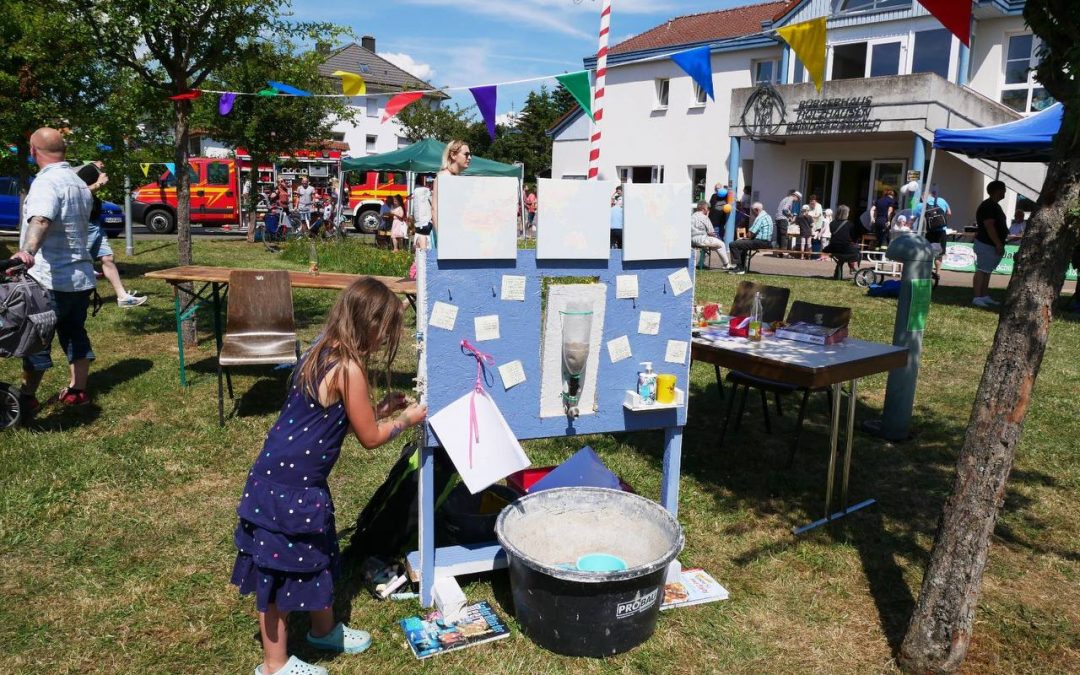How hard is it to come into action, specifically concerning environmental issues? If you’re honestly planning to save the world, it could be pretty hard! Couldn’t it?
But even if you don’t care about the environment on a daily basis in your job or have had training in the environmental sector, everyone has access to the information and facts they need to do something supportive.
It was the same for us as when we decided to start a water project. In the course of our research, we came across the following rather shocking facts:
In 16 years, 600 million children will not have access to sufficient water (UNICEF, 2022).
Sufficient water in this case means safe access to about 20 litres of clean water within a radius of 1 km per day. For comparison, a minimum of 20 litres of drinking water is equivalent to three toilet flushes (ibid).
The consequences of the global water shortage are dramatic. Not only does water shortage promote diseases such as cholera, but it also prevents schooling. Since this cannot be ensured by the absence of sanitary facilities. Water shortage ultimately threatens life at any age, whether by dying of thirst or right at birth, due to the lack of hygienic conditions (UNESCO, 2022).
In the summer of 2022, “Come into action” meant for us to get involved in a village festival and make our question “How can we deal with water resources better?” visible there.
To illustrate how often water is simply flushed down the sink unused, a construction was set up (visible in the title picture). All participants could try out what difference it makes to leave the tap open when washing their hands or to close it while soaping their hands. In connection with the everyday water consumption, different habits could be checked.
In addition to this construction on the topic of “avoiding water waste”, we presented the average water consumption of our village over the last 10 years, as well as the facts from Unicef (2022) and UNESCO (2022) and the global water shortage. As a conversation-startet with the local people we simply asked the question “What do YOU use water for?”
Our conclusion: Taking action in an environmental context is sometimes exhausting and also means effort, but in the end, it is worth just giving it a try! The day we ran our project was incredibly exciting for us and a special experience. We met a lot of people who think the same way, and we were able to inspire everyone, especially the children, to support our cause. Some of them are now official water stewards in our village, keeping an eye out for unnecessary water waste.

Laura Haase (MSc)
Research Associate and Lecturer
Laura is a research associate at Heidelberg University Hospital and lecturer at a vocational school and a University of Applied Sciences. Next to environmental physiotherapy, she is also interested in critical physiotherapy.

Thomas Rosenthal (BEng)
Operations manager
Thomas is a mechanical engineer that works as an operations manager in the photonics industry.

References
UNICEF (2022): 10 things you didn’t know about water. How unsafe water, sanitation and hygiene puts children at risk. https://www.unicef.org/stories/10-things-you-didnt-know-about-water (11.04.2023)
UNESCO (2022). The United Nations World Water Development Report 2022. https://unesdoc.unesco.org/ark:/48223/pf0000380733 (11.04.2023)

